The Mars 2020 Perseverance Rover has already transmitted thousands of images to NASA
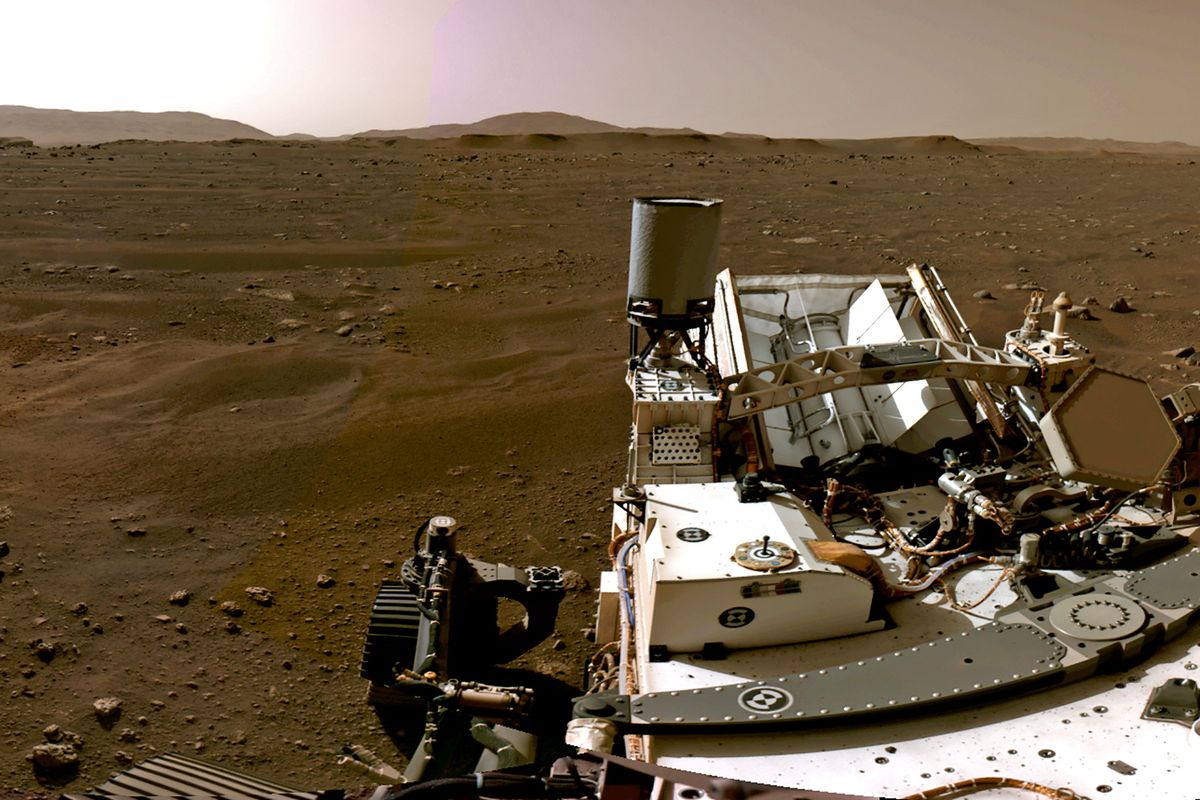
A few minutes every morning is all you need.
Stay up to date on the world's Headlines and Human Stories. It's fun, it's factual, it's fluff-free.
Each new rover that NASA lands on Mars teaches us new things about the planet, which may help humans one day live and work there.
On February 18, 2021, the Mars 2020 Perseverance Rover landed on Mars, becoming the fifth United States rover to successfully set down on the Red Planet. The National Aeronautics and Space Administration (NASA) launched the Perseverance Rover with an Atlas V-541 rocket on July 30, 2020 from Cape Canaveral, Florida.
Since Perseverance landed on Mars, it has been sending back videos and photos from the surface, providing humanity with fresh views of our planetary neighbor. Though the new images can add to our understanding of the planet, the rover’s main mission is to search for evidence of ancient microbial life while simultaneously paving the way for a human presence on Mars.
Each new rover that NASA lands on Mars teaches us new things about the planet, which may help humans one day live and work there. Though it hasn’t even been a month since it touched down, here is everything Perseverance has sent back from Mars.
The latest images from Mars
Four days after the landing, NASA uploaded footage of Perseverance landing on Mars. The footage, shot from the rover itself, shows the planet’s reddish, pockmarked surface rising up to the Perseverance as the rover descends. As a mission control voice-over explains, the rover is initially falling at 145 meters per second, though the descent slows rapidly thanks to Perseverance’s parachute.
As the rover reached the surface, setting down in the Jezero Crater, the footage concludes with a voice proclaiming, “Touchdown confirmed! Perseverance safely on the surface of Mars, ready to begin seeking the signs of past life.”
Perseverance’s entry, shot from seven different cameras (of a total 23 on the rover), shows the surface of Mars in remarkable clarity and detail. The Perseverance cameras are among the most advanced ever created, with the technology improving on its immediate predecessor, the Curiosity Rover. One of the main improvements is that the cameras can process images in greater detail.
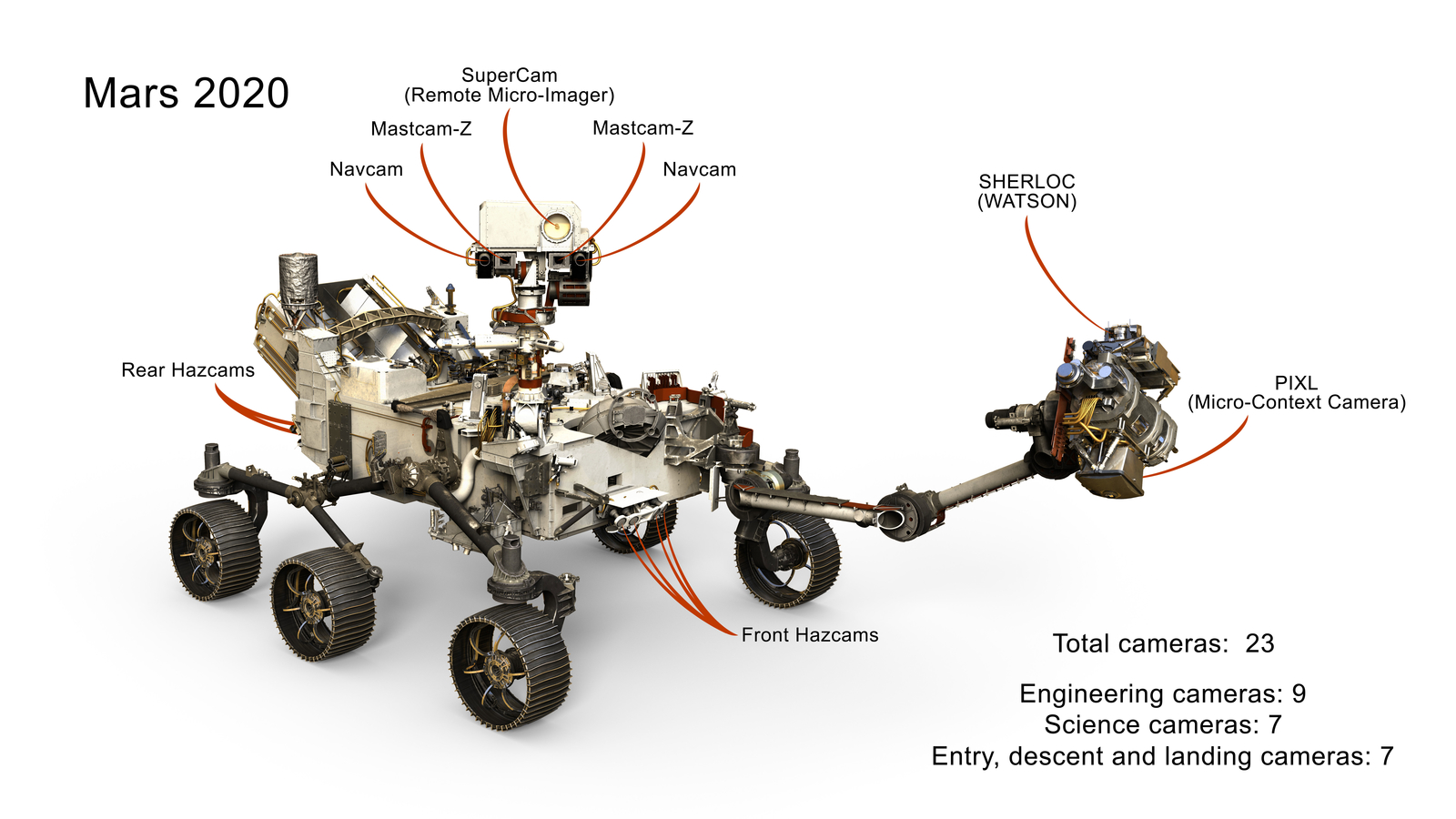
NASA has been uploading videos and still images from Perseverance to its websites. The first image sent back from the rover on February 18 is a bit fuzzy due to dust cover from the landing. It is a black-and-white photo from one of the rover’s Hazard Avoidance Cameras (or HazCams).
Subsequent images, however, have been much clearer, offering a mix of red-tinted and black-and-white Martian landscapes.
On March 4, Perseverance drove on the surface of Mars for the first time. Though it was a brief journey – over 33 minutes, the rover traveled 21.3 feet (6.5 meters) and made one 150-degree turn – it confirmed the rover was mobile and ready to commence with its mission. That mission will last one Martian year, or 687 Earth days (a day on Mars is called a “sol”).
NASA is also uploading Raw images from the rover. These images are not the highest quality, but they do allow interested people to see much of what Perseverance is seeing on Mars. The public can even vote on a “Raw Image of the Week.” A few thousand raw images have been uploaded, but if Curiosity is any indication, there will likely be hundreds of thousands more before the mission is complete.
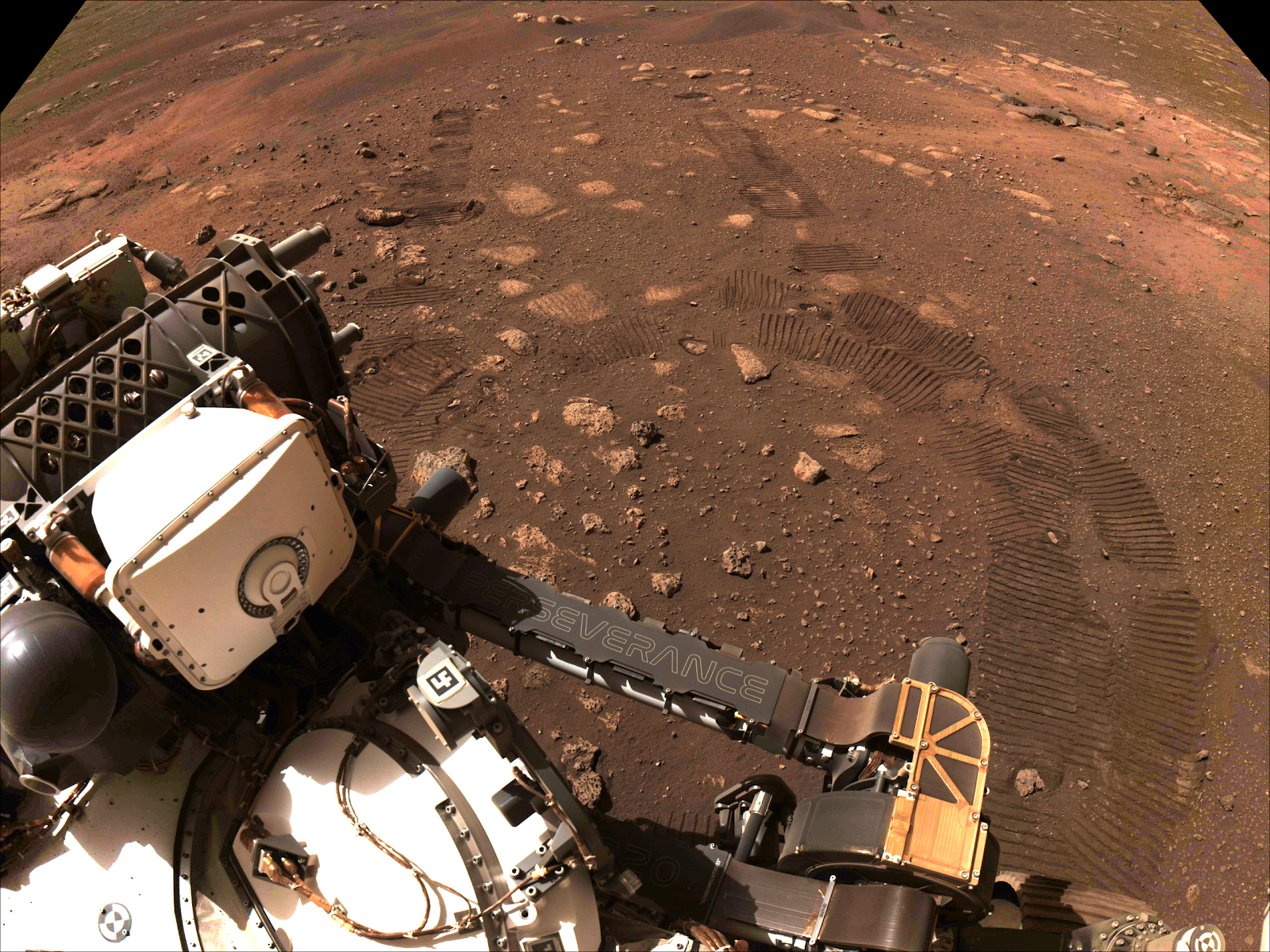
The mission of Perseverance
Perseverance follows the first four NASA rovers on Mars: Sojourner, Spirit, Opportunity and Curiosity. Sojourner landed on Mars in July 1997, followed by Spirit and Opportunity, both in January 2004. None of the first three rovers are still transmitting information. Curiosity, which landed on Mars in August 2012, continues to transmit data back to Earth.
The core mission of the Perseverance Rover is to determine the habitability of Mars, both in the past and for the future. To do so, it will search for signs of ancient life by collecting rock and soil samples. NASA isn’t expecting to find proof of little green men, though. Instead, it is searching for evidence of ancient microbes, which, if found, would prove Mars was once capable of sustaining life.
While Perseverance is collecting these samples using a robotic arm, the rover will also be utilized for the ultimate goal of landing humans on Mars and perhaps even establishing a long-term colony there.
According to NASA, the rover will do this by “testing a method for producing oxygen from the Martian atmosphere, identifying other resources (such as subsurface water), improving landing techniques, and characterizing weather, dust, and other potential environmental conditions that could affect future astronauts living and working on Mars.”
“Understanding if we’re alone in the universe is the ultimate question,” Diana Trujillo, flight director for the Perseverance mission and one of the engineers who created the rover’s robotic arms, told CBS News in an interview. “I hope that within the one year of surface operations on Mars, we can answer that question soon.”
Have a tip or story? Get in touch with our reporters at tips@themilsource.com


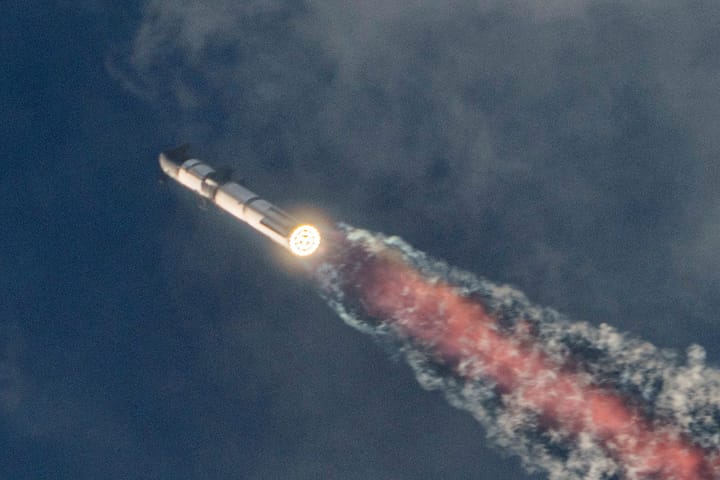
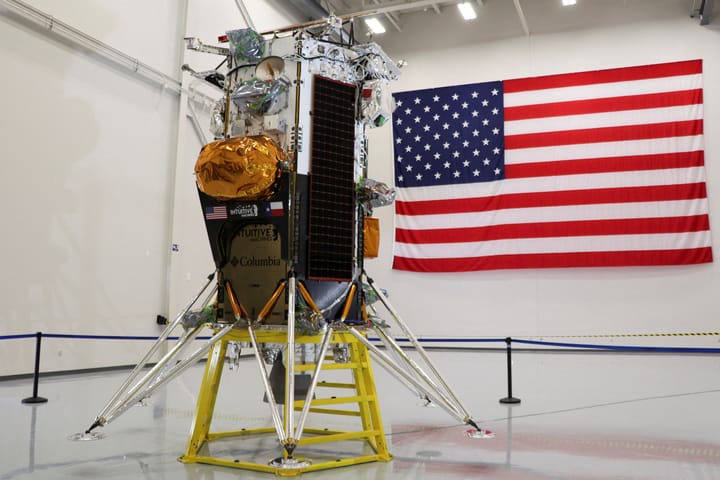
Comments ()